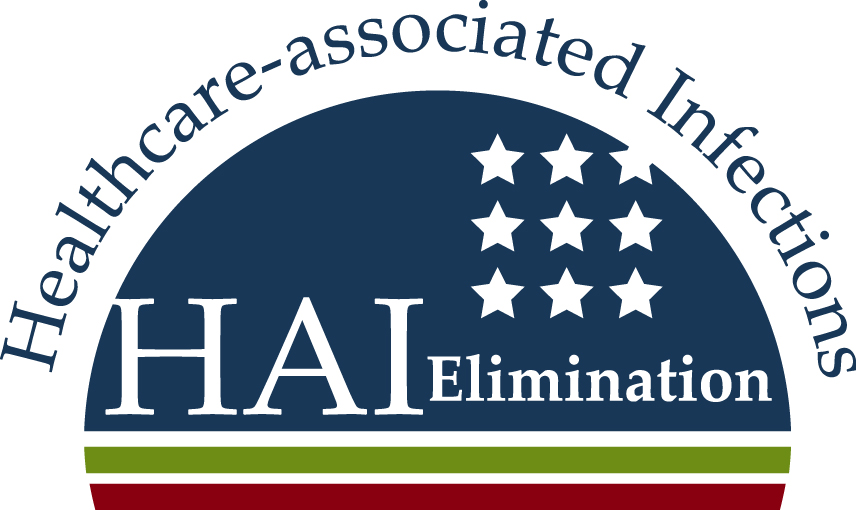Significant Number of Hospitals Participated in Effort to Improved Patient Outcomes
Long-awaited data demonstrates that hospitals can significantly reduce hospital-acquired infections (HAI). A newly-released report validates efforts by The Centers for Medicare and Medicaid Services (CMS) to improve patient outcomes and increase transparency in provider performance, while containing the cost of care. Clinical laboratory testing played a role in helping participating hospitals reduce the number of HAIs.
This news is contained in a report released by the Centers for Disease Control and Prevention (CDC). Titled “The First State-Specific HAI Summary Data Report,” it assesses the progress achieved in a program where dozens of hospitals reported a significant decrease in the number of hospital-acquired infections (HAI) in 2009.

The report is the first in a series of reports CMS plans to publish on “state-specific infection information [that] includes both national central line-associated bloodstream infection (CLABSI) data and state-specific data for states mandated by state law to report CLABSIs.”
The aspects of this particular project to reduce HAIs are likely to be of greatest interest to pathologists and clinical laboratory managers who actively manage hospital laboratories. Data collected during this project indicate that focused efforts to lower the rate of HAIs does lead to improved patient outcomes. That data also can provide medical laboratory managers with useful evidence that, when physicians more appropriately utilize clinical laboratory tests, patient outcomes do improve.
Going forward, HAI improvement projects like this CMS-supported effort may generate objective data that shows how, even as physicians more closely follow protocols—and possible increase the volume and cost of clinical laboratory testing—the resulting improvement in patient outcomes leads to significant reductions in the overall cost of the healthcare encounter. That would speak to the value proposition of medical laboratory testing.
Data Collection Was in Response to Legislative Mandates
Healthcare facilities nationwide voluntarily and mandatorily provided data to the National Healthcare Safety Network (NHSN). For the purpose of this first report, only data from hospitals in states where legislation mandated they report to the NHSN were used for the analysis. According to the report, CLABSIs dropped in those hospitals by 18% in the first six months of 2009, compared to the previous three years.
CMS arrived at that number by dividing the number of observed infections by the number of predicted infections to create a standardized infection ratio (SIR). It used this SIR to track the HAIs over a period of time on the national, state and local levels.
According to the CDC report, “A standardized infection ratio (SIR) is identical in concept to a standardized mortality ratio (SMR) and can be used as an indirect standardization method for summarizing HAI experience across any number of stratified groups of data.”
Modern Healthcare reported on these developments in a story titled “Gaining Control—CDC: Infection rates drop, but progress still unclear.” It wrote that “among the 1,538 hospitals that reported infection data to the NHSN during the first half of 2009, there were 4,615 observed central line-associated bloodstream infections compared with the nearly 5,619 predicted for that time period.
“The data from the CDC report is particularly meaningful, experts say, because the safety network uses standardized HAI definitions and data-collection methods that are governed by rigorous protocols,” the article continued. “Several recent reports on healthcare-associated infections, including the Agency for Healthcare Research and Quality’s National Healthcare Quality Report, released in April, have relied on administrative coding and billing data to draw their conclusions.”
According to Neil Fishman, President of the Society for Healthcare Epidemiology of America, and Director of the Department of Healthcare Epidemiology and Infection Control for the University of Pennsylvania Health System, Philadelphia, “administrative data was never developed to track healthcare-associated infections.
“By contrast, the NHSN was designed expressly for the purpose of monitoring HAIs, and requires specialized staff and adherence to guidelines,” he emphasized to Modern Healthcare.
Better Use of Clinical Pathology Laboratory Testing
One clear message comes from the analysis of this HAI outcome improvement project. It is that physicians and other caregivers, when they more diligently follow the approved care protocols, can reduce hospital-acquired infections and measurably improve patient outcomes in a meaningful way.
There may be a more significant opportunity for pathologists and clinical laboratory managers. Because of better data capture, these and similar HAI improvement projects can generate the objective data needed to demonstrate how the more appropriate use of medical laboratory testing—even if it raises the overall cost of lab testing—can produce significant savings associated with the improved patient outcomes. ~Michael McBride
Related Information:
Gaining control—CDC: Infection rates drop, but progress still unclear
First State-Specific Healthcare-Associated Infections Summary Data Report: PDF



